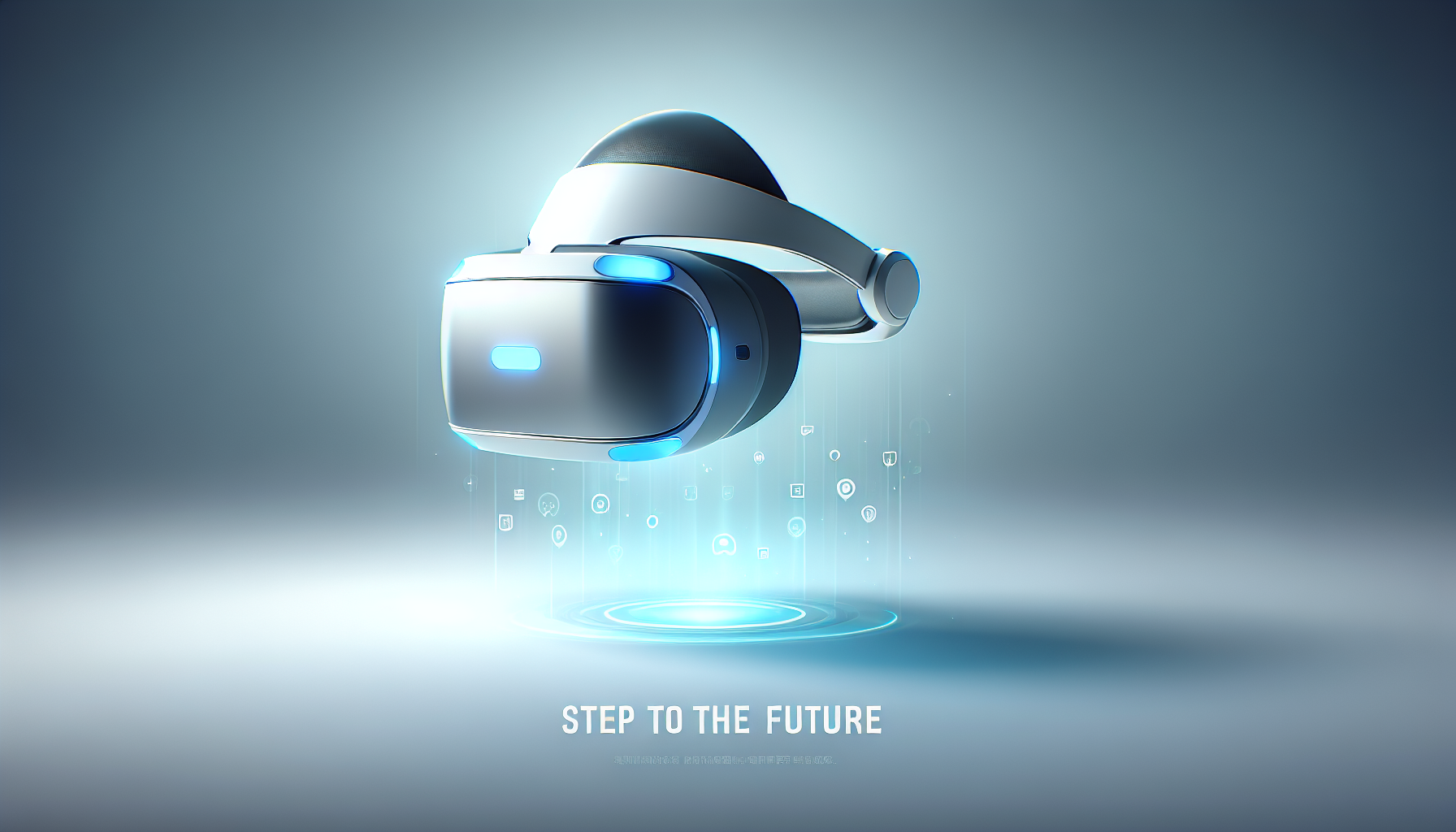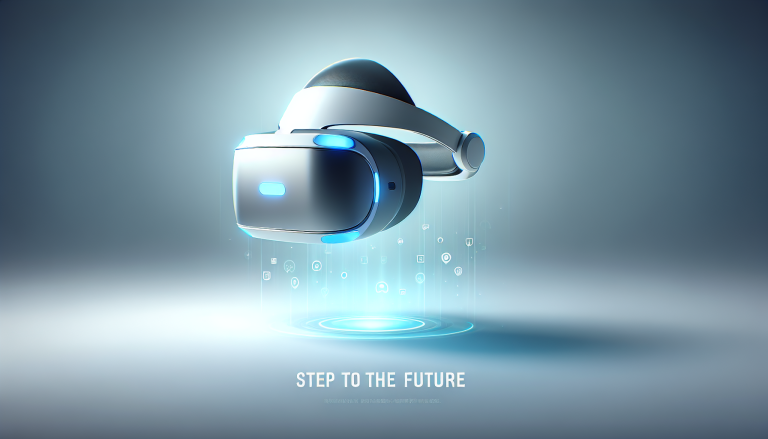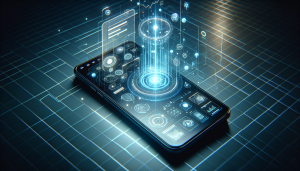
Step Into the Future: How Apple’s Vision Pro is Revolutionizing VR on iOS
Step Into the Future: Apple’s Vision Pro and the New Era of Virtual Reality on iOS
Hey there, fellow VR adventurers! Isaac here, and today we’re diving into a groundbreaking leap in the world of virtual reality—a development that’s buzzing across tech community chatter and definitely deserves some serious spotlight. I’m talking about Apple’s recently unveiled Vision Pro headset, a device that’s not just another VR headset but a game-changer poised to upend how we experience virtual reality on iOS devices. If you’re as eager as I am to explore how Apple is transforming VR into a seamless, magical extension of our digital lives, buckle up. We’re jumping headfirst into the Vision Pro’s tech marvels, iOS integration, and what it means for the future of VR.
What Makes Apple’s Vision Pro a VR Revolution?
Virtual reality is no stranger to innovation, but Apple’s foray feels fundamentally different. The Vision Pro headset isn’t just built for gaming or isolated VR apps; it’s designed to create what Apple calls “spatial computing” — a blend of your physical world into the virtual domain that enhances productivity, creativity, and entertainment simultaneously.
At the heart of this device is a powerhouse iOS integration that redefines immersive experiences. Using proprietary technology, Vision Pro runs on visionOS, an entirely new operating system derived from iOS but specifically crafted to take advantage of a fully three-dimensional interface. This means apps aren’t just running on 2D screens; they’re living in space, layered around you, interacting with gestures, voice, and eye movement in a way that feels intuitive and astonishingly natural.
One key highlight is how Vision Pro interacts flawlessly with the iPhone ecosystem. Think about unlocking your VR headset with an iPhone, mirroring apps from your phone to the headset’s expansive 3D display, or making FaceTime calls that appear to be happening right in front of you. This tight integration signals a major step in making virtual reality part of daily digital life instead of a niche escape.
Immersive Design with iOS at Its Core

As a longtime iOS enthusiast, what blew me away is how familiar yet radically new the user experience feels. The Vision Pro’s hardware features an ultra-high-resolution display for each eye, surpassing typical VR headset clarity by an impressive margin. Thanks to Apple’s custom-designed chips—analogous to the powerful silicon that runs iPhones and iPads—the headset manages heavy-duty graphical computing while maintaining efficient power usage.
What’s truly geeky-cool is the incorporation of eye tracking and hand gesture recognition, powered by advanced sensors and Apple’s machine learning algorithms. This allows users to navigate apps fluidly without traditional controllers, a step towards what feels like a natural extension of human intent. The headset understands subtle glances, taps in mid-air, and nuanced gestures—blurring the lines between virtual and reality in the most elegant fashion.
Moreover, Apple’s spatial audio technology complements the immersive visuals perfectly. Sounds aren’t just happening from the left or right; they come from exact places in the virtual environment, heightening presence and engagement—something I’ve always craved in VR experiences, especially on mobile devices.
The Impact on Virtual Reality and iOS Ecosystem
Why does this matter for the evolution of VR and iOS users? Because Apple has a reputation for taking emerging tech and making it accessible, polished, and engaging for millions worldwide. The Vision Pro acts as a catalyst for developers to rethink how they design virtual experiences on iOS.
With visionOS, Apple has opened the doorway for new app paradigms—your favorite iOS productivity tools, games, creative suites, and social apps can now be reimagined in full 3D space. Imagine browsing your work emails while overlaying a 3D model of your project floating beside you or hosting a virtual meeting where avatars and documents share the room. The multitasking capability breaks free of the smartphone’s screen limits and creates a whole new category of immersive productivity.
Apple’s design guidelines encourage developers to leverage iOS’s familiar frameworks while adopting 3D spatial elements, making it easier than ever for experienced iOS coders to transition into VR development. For consumers, this means a rapidly growing ecosystem of innovative apps tailored for virtual reality with the polish and user-centric design Apple is famed for.
What This Means for VR Enthusiasts and Consumers
For VR fanatics and iPhone users who have been patiently waiting for a device that encapsulates both worlds, Vision Pro is electrifying news. This headset promises to dissolve headaches often associated with VR—clunky hardware, limited content, and cumbersome controls. Instead, it wraps you in a lightweight, luxurious experience that leverages Apple’s seamless hardware-software synergy.
Investment in developer tools suggests Apple is serious about expanding content diversity, from immersive storytelling and education to cutting-edge gaming and professional applications. As someone who’s logged countless hours exploring virtual landscapes and testing new VR titles, I’m super excited about the prospective balance Vision Pro strikes between entertainment and practical utility.
The headset’s integration with your iOS devices ensures that virtual reality isn’t detached from your broader digital ecosystem. This connectedness encourages everyday use rather than making VR a weekend-only affair.
Challenges and What to Watch Next
No innovation comes without challenges. The Vision Pro’s initial price point is on the premium side, reflecting its high-end hardware and novel features. This means early adopters will likely be enthusiasts and professionals rather than casual users. Market reception will depend heavily on the availability of compelling apps that fully leverage spatial computing.
Battery life and prolonged comfort during extended wear are other factors to monitor. However, Apple’s past track record for optimizing user experience through iterations gives me confidence they’ll address these as the product matures.
Developers face the exciting task of creating 3D-first apps that go beyond gimmicks and deliver real value, encouraging users to embrace this new interaction paradigm.
Final Thoughts: A New Chapter in Virtual Reality’s Story
Apple’s Vision Pro is more than a new virtual reality headset; it represents a seismic shift in how we think about and interact with digital environments on iOS. By combining cutting-edge hardware, an innovative operating system in visionOS, and deep iPhone integration, Apple is paving the way for everyday immersive computing.
For VR enthusiasts like me, this signals the beginning of a new chapter—one where virtual reality transcends siloed experiences and becomes an accessible, integrated part of our digital lifestyles. If you’ve been waiting to see where iOS and VR meet in a meaningful, transformative way, the Vision Pro is your answer.
As the ecosystem grows and more creators jump on board, I expect to see truly mind-blowing experiences that only Apple could usher in. So stay tuned, fellow explorers—the frontiers of virtual reality on iOS are expanding faster than ever, and the future looks spectacularly immersive.
Until next time, happy VR adventuring!

